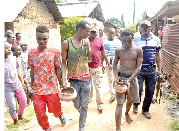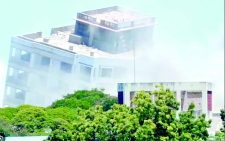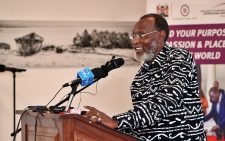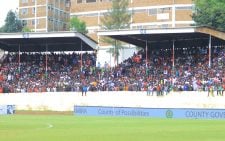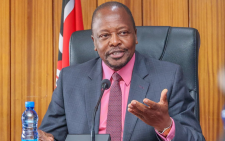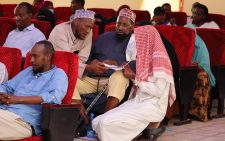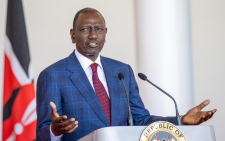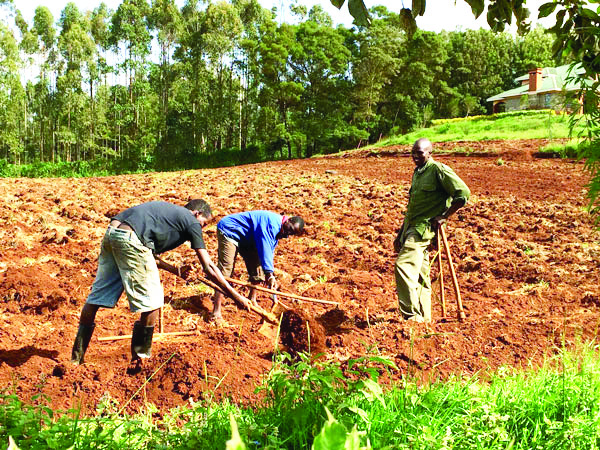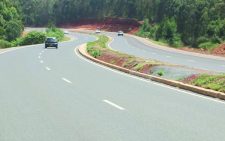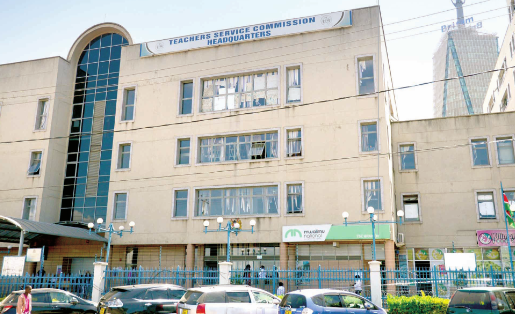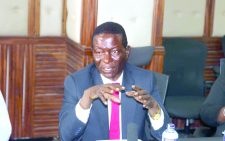How opiod treatment turns addicts’ lives around at the Coast
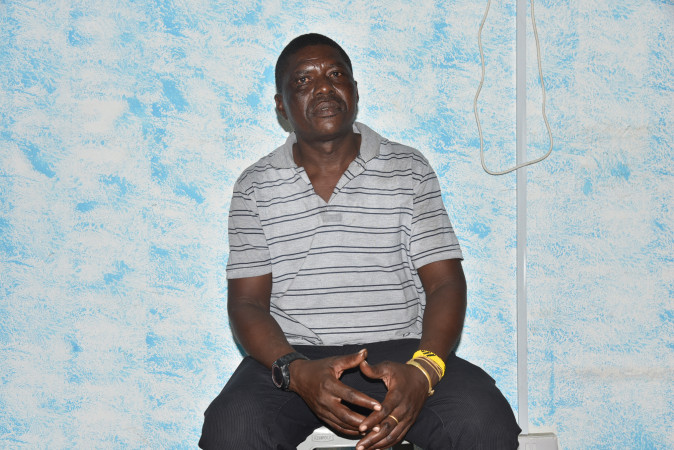
Before Kassim Chai became a peer educator at Reachout Centre Trust in Mombasa, he had been an addict for over 15 years. His drug of choice: heroin. The havoc the drug caused on his health, both mental and physical, and on his life including his relationship with family, piled to the point he had to look for a way out.
That’s how in January 2018, he enrolled into the Medically Assisted Therapy (MAT) programme at the Reachout Centre Trust.
“I was tired of using drugs and wanted help to stop. I had heard about the MAT Programme, but everywhere I went, it wasn’t available yet. My family had been greatly affected by my situation. My mum, wife and children, who depended on me, were so helpless and struggled, but still praying for me. I needed to save my life. So I was ready to get on treatment. I was enrolled in January 2018 until January 2020, because the treatment runs for two years,” shares Kassim.
He started off with 120ml of methadone, which was gradually reduced by 5ml per month and finally to 2.5ml until he left the programme. He says the prescription of the treatment depends with how much of the drugs an individual had been using. Ten days after leaving the programme, he was on painkillers.
“I needed them because I was constantly tired. I also had heavy diarrhoea because the methadone was in my blood and it needed to come out. But after three months, I was strong. The appetite for drugs was all gone. A lot of people make the mistake of using the treatment while still trying to inject drugs and this comes with grievous results. People even pass out from morning to evening. But if you don’t mix, everything goes well,” says Kassim.
His sentiments are shared by Masika Pili, who after finding out she was HIV+, turned into drug use. She has been in the programme now for nearly a year and half. As she shares, it is not a walk in the park.
“When you are using all these medicines, you must have money at least for food. When you get to the centres, you find people right there still injecting drugs. This can easily pull you back. If your mind is not strong enough you can easily relapse,” she says.
She experienced the stigma that comes with the tag, teja, (a person who injects drugs), and realised people were becoming afraid of her the more she used drugs. Usually, mateja are considered criminals and thieves— something she did not want to be associated with her. She was lucky to meet a win-off, someone who had gone successfully gone through the programme and has fully recovered, who sponsored her.
“It takes accepting your situation, because after being diagnosed with HIV, I found myself diving into heroine use. Most people call me teja which is not very nice as a woman. But I accepted and I am on a journey to free myself. There are a lot of challenges: accessing the centres is not easy and one must have fare. What keeps me focused is all the problems I have faced as an addict and my desire to be free,” she explains.
MAT programme, also known as Opioid Substitution Therapy, was initiated in 2014 in Nairobi and in 2015 in the Coast. By December 2015, almost 900 people who inject drugs (PWID) were accessing MAT. Between 2016 and 2020, Mombasa County established three functional clinics, including Kisauni, Miritini and Shimo la Tewa.
Relieve cravings
MAT is commonly used for the treatment of opioid addictions, including heroin and all prescription pain medications that contain opiates. The therapy portion of treatment includes counseling and various forms of behavioral therapy to help patients overcome their addictive propensities.
The medication portion of MAT is designed to relieve physiological cravings, normalise brain chemistry and other body functions, and block the euphoric effect of opioids. It does this without the negative effects caused by illicit drugs. Methadone and buprenorphine work by tricking the brain into thinking it’s receiving the abused drug. Patients do not experience the intense “high” produced by their former drug of choice, but these medications do prevent withdrawal symptoms that would otherwise occur as addiction subsides and substances clear the body.
Data analysis from Mombasa health department shows there is an estimated 18,327 people who inject drug in the country, with the coast region being highly affected. In Mombasa alone, there is over 3,500 PWID. The MAT programme has played a role in rehabilitation of drug addicts with nearly 1,534 drug users enrolled, including those living with HIV.
While the treatment was previously administered across all PWID, Simon Kiema, a counsellor at Reachout Centre says People Living with HIV (PLWHIV) are currently given first priority since almost a year ago.
“The two-year programme includes administration of treatment closely followed by doctors’ assessment, and counselling as clients need psycho-social support. The continuous assessment is necessary since some clients still mix treatment and drug injections. We do necessary tests, and engage clients further through therapy. From our assessment as counsellors, we are able to advice the doctor on the dose to be administered, whether it should be added, if need be. We have to prioritise PLWHIV because people end up sharing objects, which put them more at risk of a lot other diseases,” Simon says.
The 2021 Kenya HIV estimates indicate prevalence among Mombasa residents aged 15-49 is 5.7 per cent down from 6.5 per cent in 2018. Prevalence in women is at 7.8 per cent against 3.6 for men. The number of new infections went down from 1,724 in 2018 to 1,009, bringing down the incidence from 1.9 per 1,000 (2018) to 1.00. HIV related deaths also reduced from 1,110 in 2018 to 886. On the burden of HIV/AIDS, Mombasa has a total of 53,090 PLWHIV and Aids; male 17,280 and female 33,606.
Dr Khadija Shikely, Chief Officer Health, Mombasa County, says besides MAT, there are currently several programs the county has implemented to reduce rates of infection including, HIV testing and counseling programme, Prevention of mother to child transmission programme, Voluntary male medical circumcision, condom distribution, pre-exposure prophylaxis, Care and treatment and needle exchange programmes.
“Needle exchange programme is for PWID to prevent infection among the group. The idea is to avoid use of one needle and syringe by numerous people, thus prevent infecting one another with HIV and Hepatitis,” shared Shikely.
Reachout Centre Trust, Executive Director, Taib Abdulrahman adds that the evolving programme has contributed to a lot of reduced crime rates within the county, re-integration with spouses, coexistence with family, well as reuniting people with their families as well as health restoration.
“The programme has provided a good family support especially through counseling and this has helped remove the stigma on victims. There is still the stigma, which is a challenge as the community has not fully accepted the win off as fully recovered. They still have fears that they are criminals. It has also enhanced health seeking behaviours, as the stigma on health care providers and workers has improved. PLHIV health seeking behaviour has also improved through the HIV Health care support. For these clients, it is important that they also have food to eat that will support treatment, this is why we provide them with free meals, once a day,” he says.
While the programme has proved success he adds that more needs to be done by the county government to improve on treatment of clients including increase of service provision. Some sites are not functional, which if scaled up can greatly contribute to reduced rates. Now as a peer counsellor, Kassim is giving back to the community by talking to other drug users and enrolling them into the MAT programme so they can also turn their lives around.
